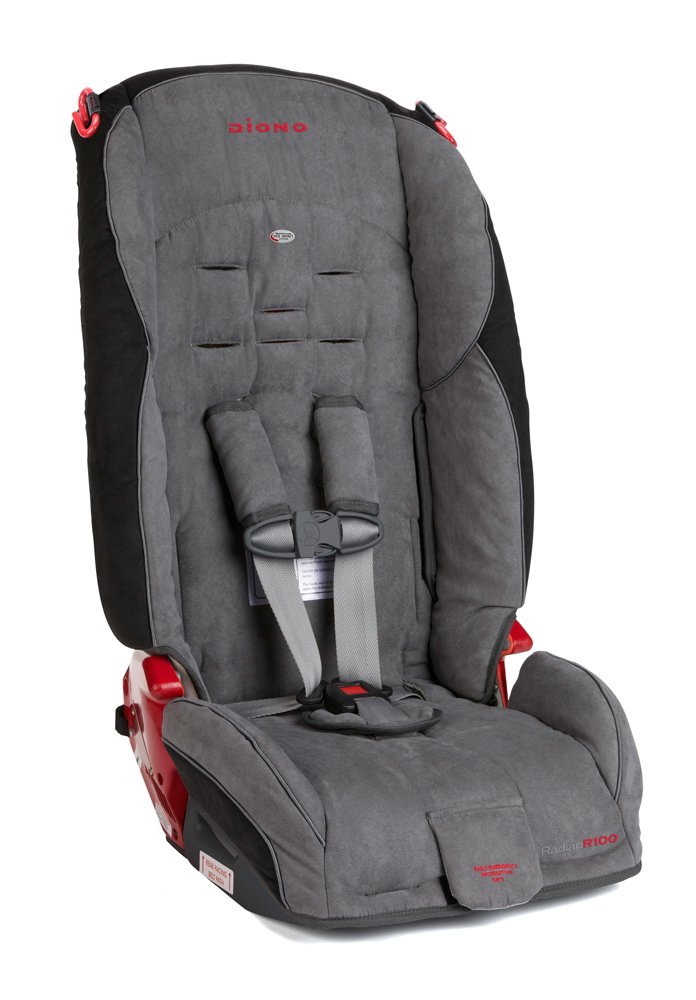Why you should spend more than you are planning on your infant car seat
Many of my clients and friends are well aware that I am very conscious of car seat safety. What is the big deal?
Despite a 43% drop in road crash deaths of children 12 and younger from 2002-2011, more than 9,000 children in that age group died in crashes during that period, says a new report from the Centers for Disease Control and Prevention. Researchers found that one in three children killed in crashes in 2011 were not buckled up, and that nearly half of black and Hispanic children who died in crashes in 2009-2010 were unbuckled, compared with 26% of white children. USA Today Article
300 children are involved in car accidents every day and 2 die. 75% of all car seats are installed incorrectly. It is important to remember these five points when selecting a car seat for your child and installing it correctly:
According to Safe Kids Worldwide, these are the top five mistakes parents make installing car seats:
Things to consider when shopping for an infant car seat. Inexpensive infant car seats start at around $50 and range up to $200
- An infant car seat is only usable rear facing and holds and infant until they weigh between 20-35 pounds. The car seat is easily removed from the car with a carrying handle to move a sleeping infant into the house or into a stroller system . INFANT CAR SEATS ARE NOT TO BE PLACED IN A SHOPPING CART. They are not designed that way and there have been multiple deaths recorded.
- If you are using a hand me down or used car seat check to see it is not expired. Most infant car seats expire between 5-7 years. They expire even faster in our Southern Utah heat due to how the heat affects the plastic. Never use a car seat that has been in an accident no matter how small.
- You have to be able to tighten the straps very tightly so that you can fit two fingers underneath the strap and you can not pinch any of the strap between your fingers.

- Seat must be at 45 degree angle
- No more than 1 inch of movement side to side when installed
- No head rests of strap pads added to the seat as anything not included and tested with your seat can greatly affect the safety
- Harness must be through the right slots in the seat. If rear facing the harness slots must be below the child's shoulders. If forward facing (which is not possible with an infant seat) they should be at or above the child's shoulders.
- Chest clip must be at nipple level.

- No coats, blankets, swaddlers or anything else between baby, seat and harness. Dress the baby in warm but thin clothing.
So why bother with a more expensive infant car seat system?
You buy the cheapest infant car seat that Walmart offers: Cheapest
Cosco Juvenile Light 'N Comfy Infant Car Seat, Dots:Rear-facing: 4 lbs-22 lbs; for child measuring 29"
Side impact protection
5-point harness
4 harness heights for the best fit as baby grows
Includes retractable canopy
Latch equipped with convenient latch storage
Cost: $47
Problems with this seat:
- Difficult to tighten harness because you can only access from the back of the seat. This is huge!!! That means every time you need to buckle your baby in you will need to take the seat out and turn it around to access the back to you can can tighten the straps enough. To get the baby out of the seat you will have to turn it around to access the back to loosen the straps.
- Insufficient padding making many babies fussy and uncomfortable during the rides.
- Harness made of cheaper material making it easier for them to twist and tangle. A twisted seat is not safe.
- It has a latch that is difficult to use you must place one piece on top of the other before you insert it into the buckle.
- No built in head support.
- 22 pound weight range means many babies will need a new seat before 1 year old. The average 12 month old male weighs between:19.8-22.9 pounds, 12 month old female weighs between:18.2-21.4 pounds.
- 29 inch length measurement is also small. The average 12 month old male measures between: 29.2-30.5 inches, average 12 month old girl measures between:28.5-29.8 inches
Let's compare to a more expensive infant car seat from Target: More Expensive
Graco Snugride Click Connect 35:
- Features: Adjustable Harness, Removable Seat Pad, LATCH Compatiblity, Level Indicator For Proper Installation, EPS Safety Foam, Rotating Canopy, Removable Head Support
- Safety and Security Features: LATCH Equipped Car Seat, 5-Point Harness, Rear Facing Only, 2- Piece Chest Clip, Side Impact Protection
- Rear Facing:Minimum Weight: 4 Lb.; Maximum Weight: 35 Lb. Maximum Height: 32 "
Cost: $150
- Easy to tighten harness as it is right in the front of the seat.
- Adequate padding for comfort
- Thicker less likely to tangle straps
- Simple buckle
- Built in head support
- 35 pound weight range means it will fit most children until the age of 36 months (3 years) based on weight alone. Average male is between 29.5-34.3 pounds, Average female is between 28.4 -33.4 pounds
- 32 inch height means it will fit most children until the age of 21 months (1 3/4 years) based on height alone.Average male height is 32.7-34.3 inches, average female height is 32.1-33.8 inches
I personally had the Graco 35 for my last child and he (who was very small for his age) fit in it until he was 3 years old. If you have to replace your infant car seat earlier you will have to buy an additional convertible car seat. When you do get a convertible seat with a minimum of 65 pound weight limit. Keep your child rear facing as long as possible a minimum of 2 years but as long as 4 years. The large size of their heads in comparison to their bodies makes them much more likely to be injured in a car accident if they are forward facing.
Many parents want to start out with an infant seat and there are some benefits. If you are really trying to save money it is best to just buy a convertible seat with a high weight limit to 65 pounds then your child stays in one car seat until they are ready for a booster seat.
The best bang for your buck in my experience in this Diono-RadianR100-Convertible-Seat

- The Diono Radian family of car seats are the only convertible+booster seats with a full steel frame making them one of the safest car seats available today
- Rear facing 5-to 40 pounds. Forward facing 20-65 pounds (up to 57") in 5 point harness. Booster to 100 pounds.
- Aluminum reinforced sides and energy-absorbing harness system for added safety
- EPS foam for side impact protection
- Folds flat for travel and fits 3 across in a mid-size vehicle
You will only have to buy one car seat ever for your child-infant to booster. Because of the high quality of materials this car seat does not expire for 8 years in harness mode with an additional 2 years in booster mode. That is 10 years for one car seat. This is also the narrowest car seat around making it possible to fit three of these across in a sedan, SUV or minivan.








